MIAMI HERALD columnist Bob Swift wrote a final piece about Robert J. Hogan, G-8 and the pulps twenty seven years after Hogan’s death. From his column for the 28 July 1990 edition of The Miami Herald:
A chance meeting with a great wartime writer
by BOB SWIFT | The Miami Herald, Miami, Florida • 28 July 1990
“Someday, as is almost the case now, the art of the Beatles will seem quaint . . . And as the music of the Beatles will be tomorrow; the Pulps are today.”— Tony Goodstone, author of THE PULPS.
FOR millions of kids who hit the acne stage between the early 1930s and the late 1940s, their choice of reading material was clearer than their complexions. They read pulp magazines, often by flashlight under the covers if Mom was so unenlightened as to call them trash.
Kids devoured comic books, too, 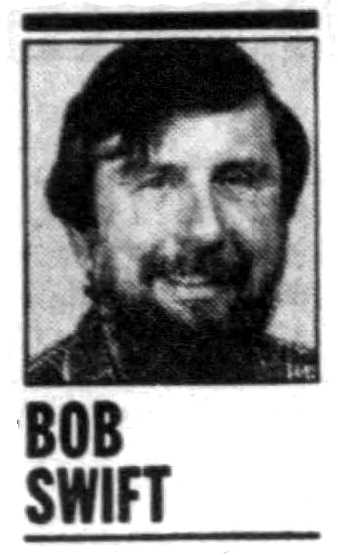 but they just weren’t on a literary level with the pulps, which came in all types: detective, science-fiction, westerns, etc. One of the most popular types was the air-adventure, of which there were scores. Of those, the one that really made a kid’s eyeballs pop was G-8 and His Battle Aces, which packed a bigger kick than a surreptitious puff on a Domino cigarette.
but they just weren’t on a literary level with the pulps, which came in all types: detective, science-fiction, westerns, etc. One of the most popular types was the air-adventure, of which there were scores. Of those, the one that really made a kid’s eyeballs pop was G-8 and His Battle Aces, which packed a bigger kick than a surreptitious puff on a Domino cigarette.
I ran across G-8 not long before the magazine (and all the pulps) died but liked it so well I haunted second-hand stores to buy up back issues. Having been a childhood fan, I was agog when I actually met G-8’s creator, Robert J. Hogan. That was 1962, he was living in Coral Gables and he called me about something I had written. I began to visit him and we talked for hours.
A World War I flier, nearly penniless in the Great Depression, he read a pulp magazine, snorted “Hell, I can write better than that,” and did so, selling his first story for $65. When novel-length pulps (Doc Savage and the Shadow) became popular, Hogan created G-8, air hero.
There followed at least 100 novels in which G-8 battled monsters with tentacles, men with beast brains, mad scientists, flying bombs and magnetic rays. Even the titles had a certain zing: The Death Monsters, Wings of Invisible Doom, Skies of Yellow Death, Flight From the Grave and (don’t you love it’) Vultures of the Purple Death.
German villains, such as Herr Doktor Krueger, plagued G-8. But Hogan, an equal opportunity employer, also invented the evil Dr. Chu Lung; the black King Jolito, who turned dead German pilots into zombies; and even an army of Vikings, frozen in a glacier but revived as horrid German shock troops.
The prose was colorful:
“There was a sword covered with blood. Gripping it tightly was a ponderous human arm. The flesh was seared like a half-broiled steak. It was severed at the shoulder as though it had been torn off.”
Whew. Heady stuff for a 12-year-old. If my mother had only I known.
In another novel, mad scientists boiled bodies in cauldrons and sent their zombie-like skeletons marching against the Allies.
“My editor became nauseated,” Hogan told me with some relish.
Air combat was frequent:
“G-8 was sure his bullets had spattered into the lead pilot’s body. Tac-tac-tac! Spandau bullets snapped past his head.”
Hogan wasted little time on research. He named characters “Monsieur Chapeau” and “Herr Schmaltz,” injected a few ach du liebers and went merrily on with the plots, which sometimes involved a female spy, R-1. She was the love interest, although a typical G-8 story was tailored to the tastes of a 12-year-old, with the result that any cuddling between G-8 and R-1 was roughly akin to that between Roy Rogers and Trigger.
In his prime, Hogan turned out 200,000 words a month, dictating to two secretaries at once. At one incredible time, he was doing G-8, a mystery series called The Secret Six, and a Fu Manchu clone called Wu Fang. Each called for a 60,000 word novel a month, plus enough short stories to fill the back pages. He ran G-8’s fan club, too (”Hello, gang, this is G-8 speaking.”). The Readers’ Digest called him one of the world’s most prolific writers.
G-8 finally died in 1944, victim of wartime costs and a more-sophisticated audience. At a time of B-29s, V2 rockets and radar, the demand for World War I adventure (Spads? The Kaiser? How quaint!) disappeared. Soon, a nation turned to TV. Hogan turned to westerns (one became a film) and juveniles, but always hoped that G-8 would be reborn in some form. The G-8 novels were finally reprinted in the mid-1960s, in paperback, but Hogan didn’t live to see them. I wrote his obituary in 1963. He was 66.
I have a few copies of those paperback G-8 reprints. The pages, not much better than the rough pulp of the original magazines, are brown and flaking. But they still bear the purple prose that awed a 12-year-old on a long-gone summer’s day:
“A fiend had turned his pals into a Squadron of Living Death. A low, vibrant chuckle left the lips of G-8. The master spy shot his fist up in a signal to the Battle Aces. Fokkers thundered from the sky. Tac-tac-tac! Machine guns clattered a hymn of hate. Tac-tac-tac! Tac-tac-tac!â€
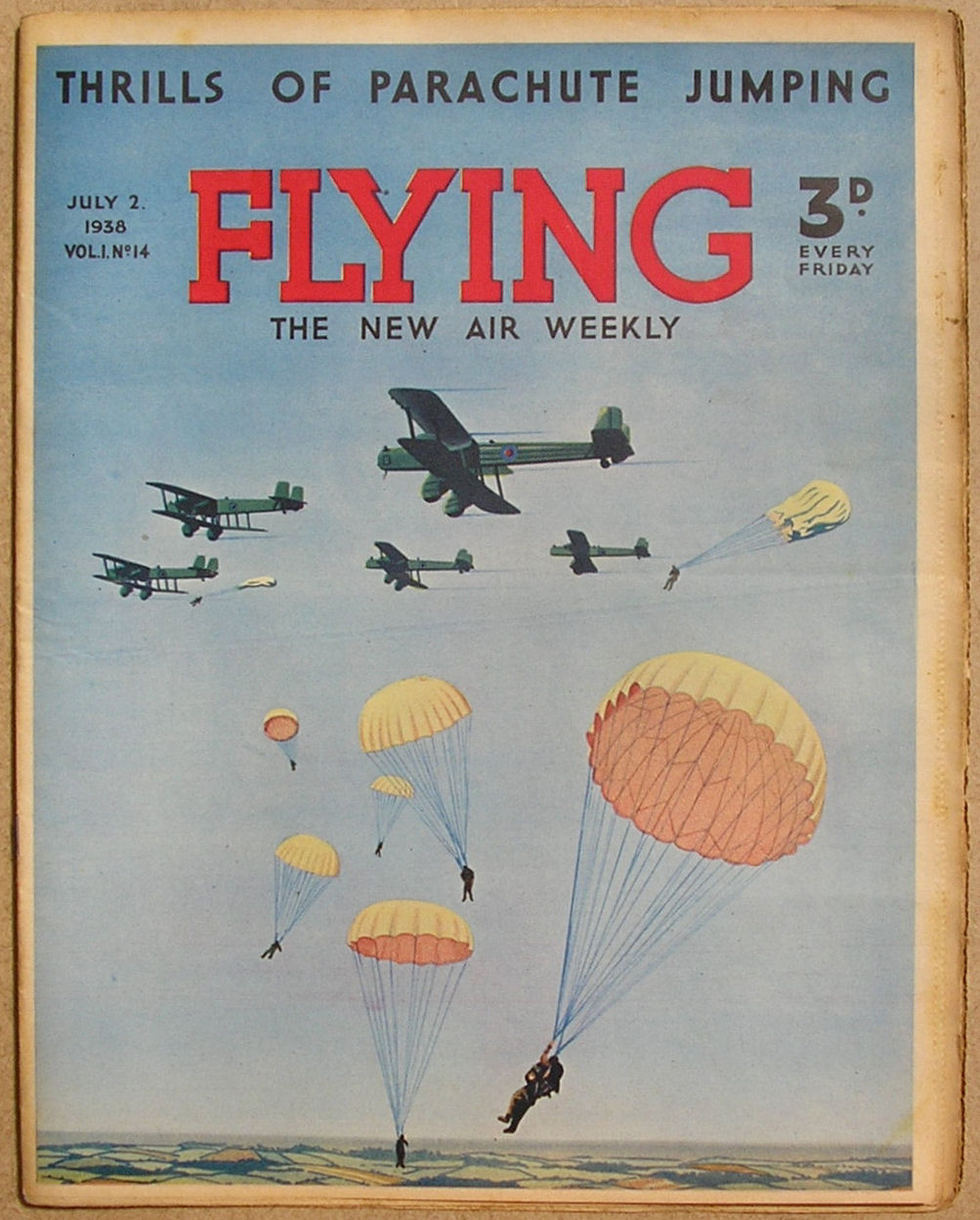 weekly paper of all things aviation, started up in England in 1938, amongst the articles and stories and photo features was an illustrative feature called “Heroes of the Air.” It was a full page illustration by S. Drigin of the events surrounding how the pictured Ace got their Victoria Cross along with a brief explanatory note.
weekly paper of all things aviation, started up in England in 1938, amongst the articles and stories and photo features was an illustrative feature called “Heroes of the Air.” It was a full page illustration by S. Drigin of the events surrounding how the pictured Ace got their Victoria Cross along with a brief explanatory note. 




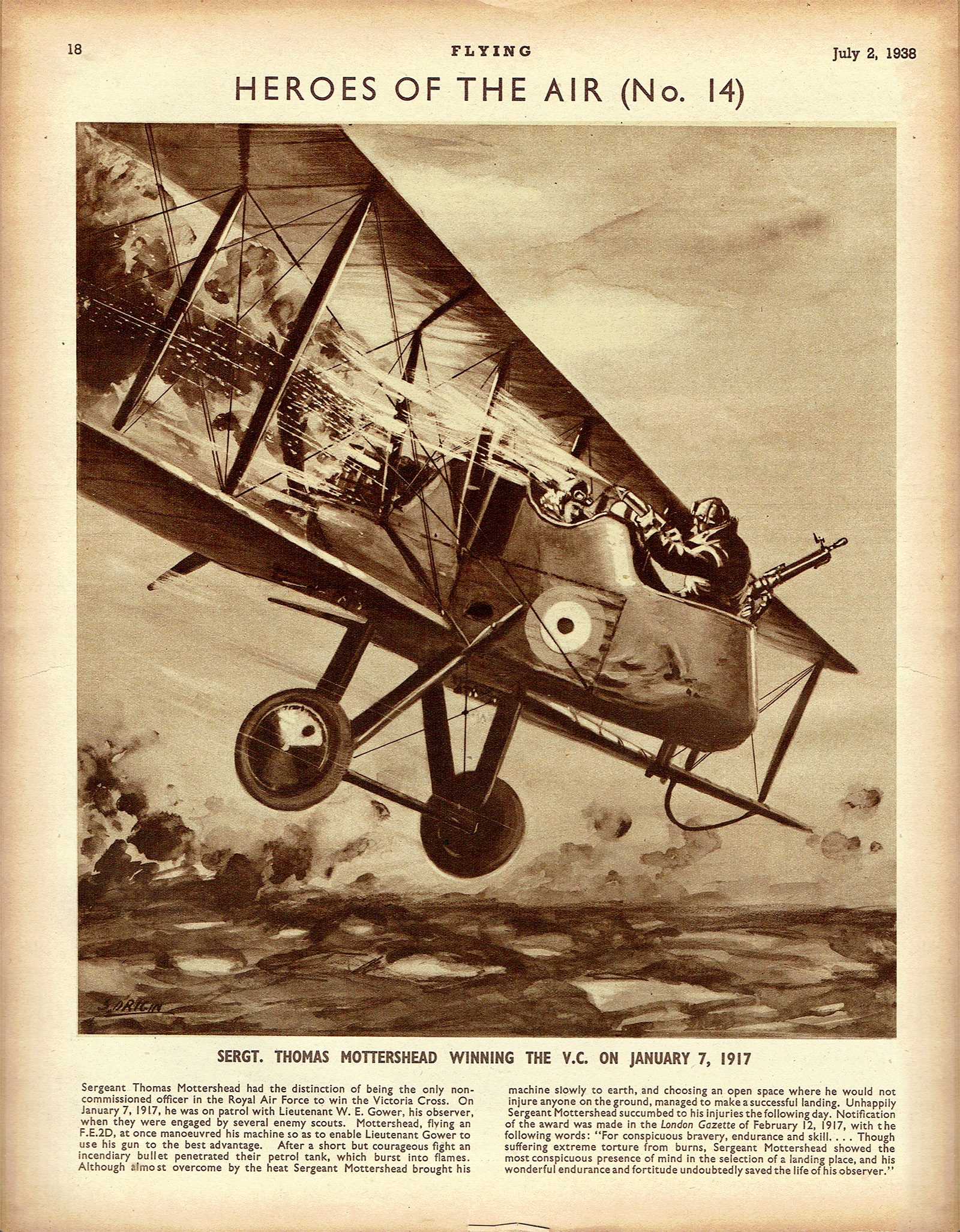
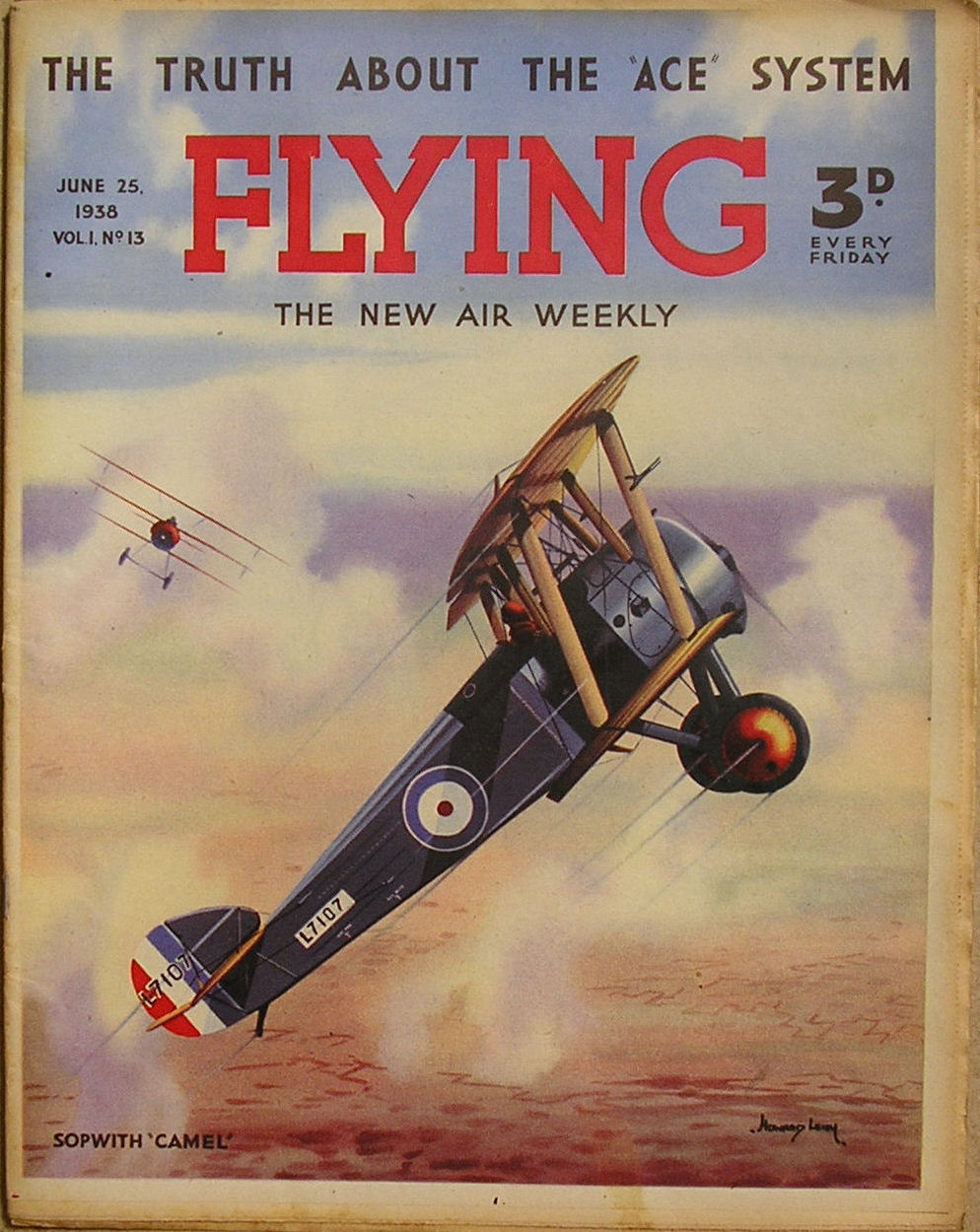 weekly paper of all things aviation, started up in England in 1938, amongst the articles and stories and photo features was an illustrative feature called “Heroes of the Air.” It was a full page illustration by S. Drigin of the events surrounding how the pictured Ace got their Victoria Cross along with a brief explanatory note.
weekly paper of all things aviation, started up in England in 1938, amongst the articles and stories and photo features was an illustrative feature called “Heroes of the Air.” It was a full page illustration by S. Drigin of the events surrounding how the pictured Ace got their Victoria Cross along with a brief explanatory note. 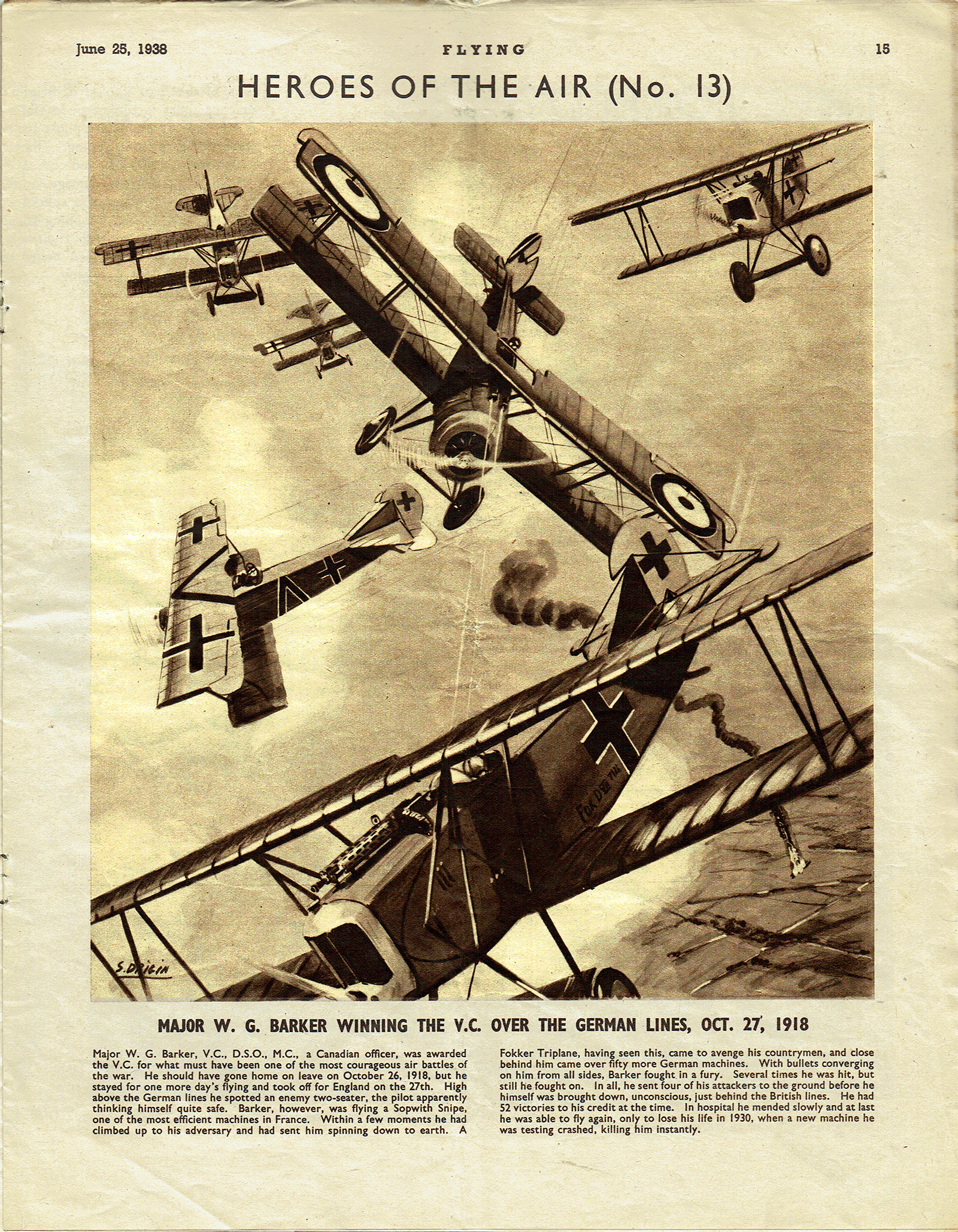
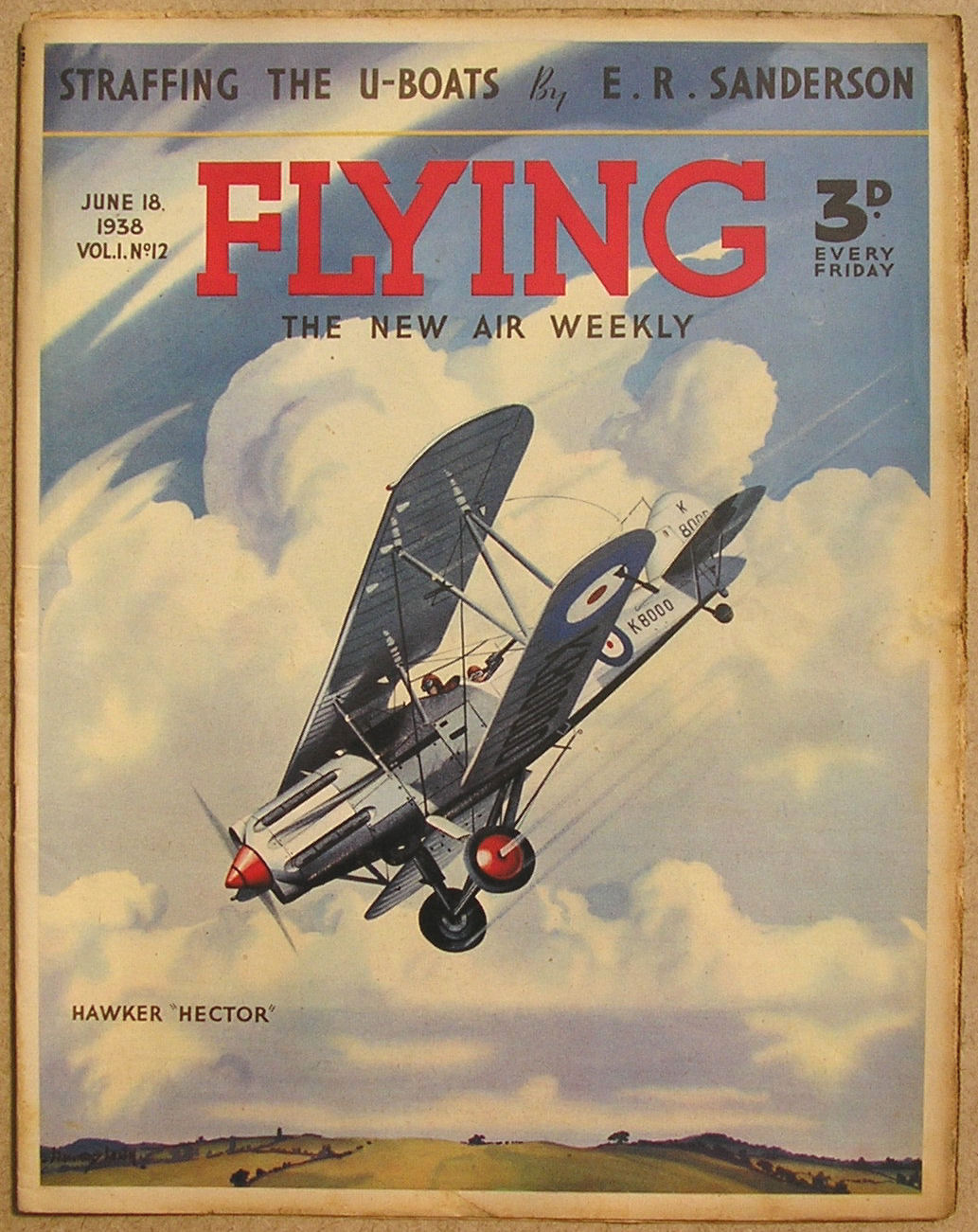 weekly paper of all things aviation, started up in England in 1938, amongst the articles and stories and photo features was an illustrative feature called “Heroes of the Air.” It was a full page illustration by S. Drigin of the events surrounding how the pictured Ace got their Victoria Cross along with a brief explanatory note.
weekly paper of all things aviation, started up in England in 1938, amongst the articles and stories and photo features was an illustrative feature called “Heroes of the Air.” It was a full page illustration by S. Drigin of the events surrounding how the pictured Ace got their Victoria Cross along with a brief explanatory note. 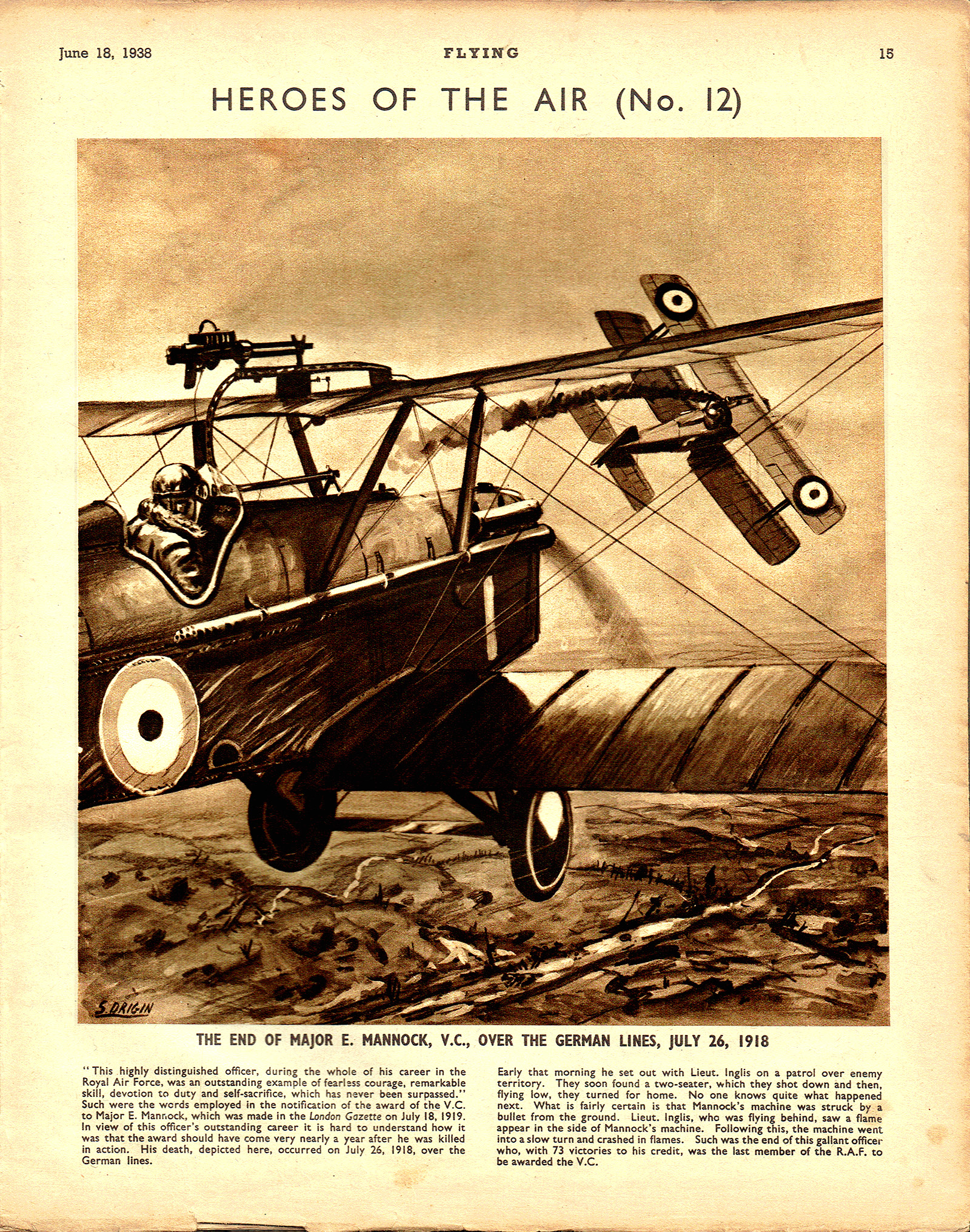
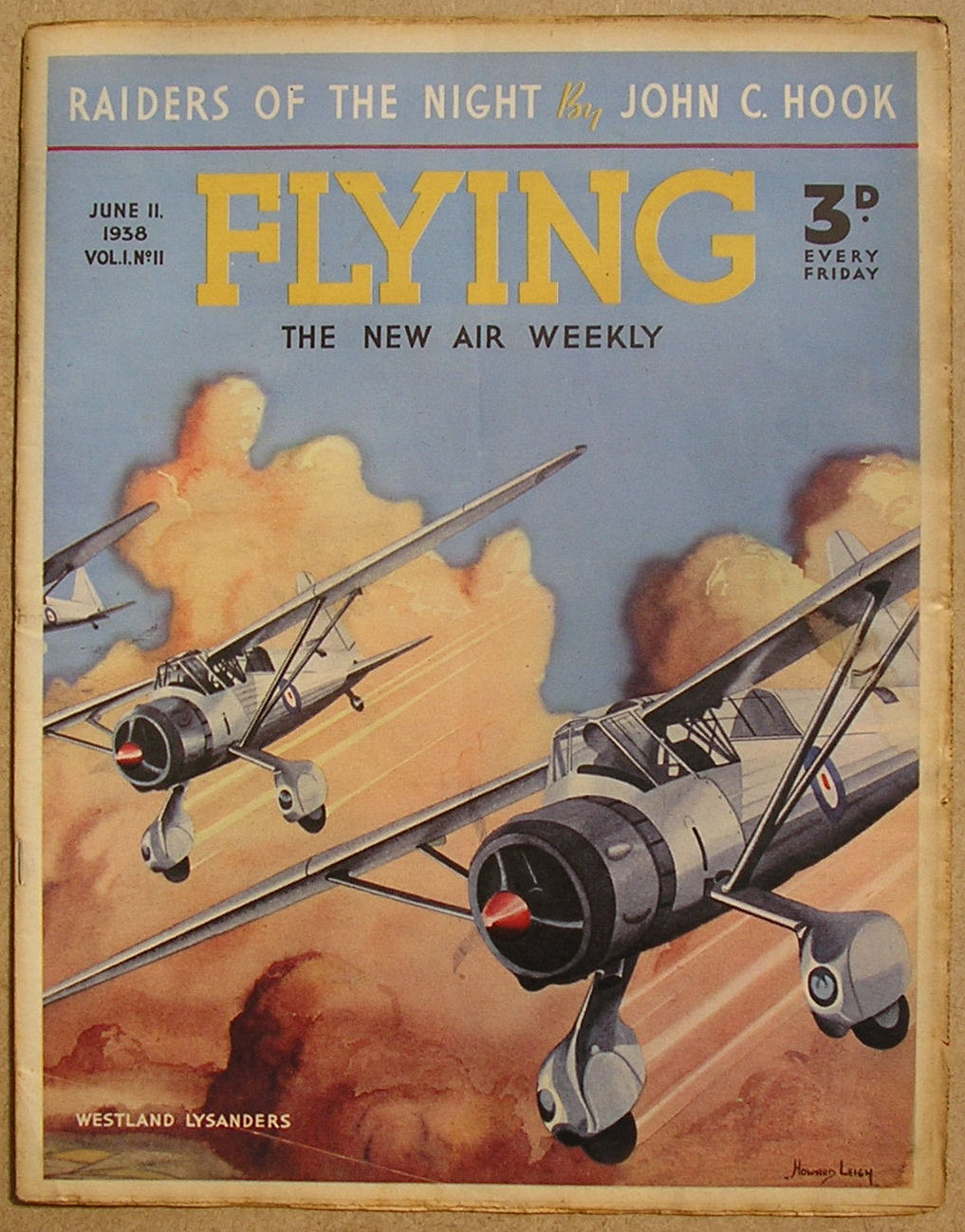 weekly paper of all things aviation, started up in England in 1938, amongst the articles and stories and photo features was an illustrative feature called “Heroes of the Air.” It was a full page illustration by S. Drigin of the events surrounding how the pictured Ace got their Victoria Cross along with a brief explanatory note.
weekly paper of all things aviation, started up in England in 1938, amongst the articles and stories and photo features was an illustrative feature called “Heroes of the Air.” It was a full page illustration by S. Drigin of the events surrounding how the pictured Ace got their Victoria Cross along with a brief explanatory note. 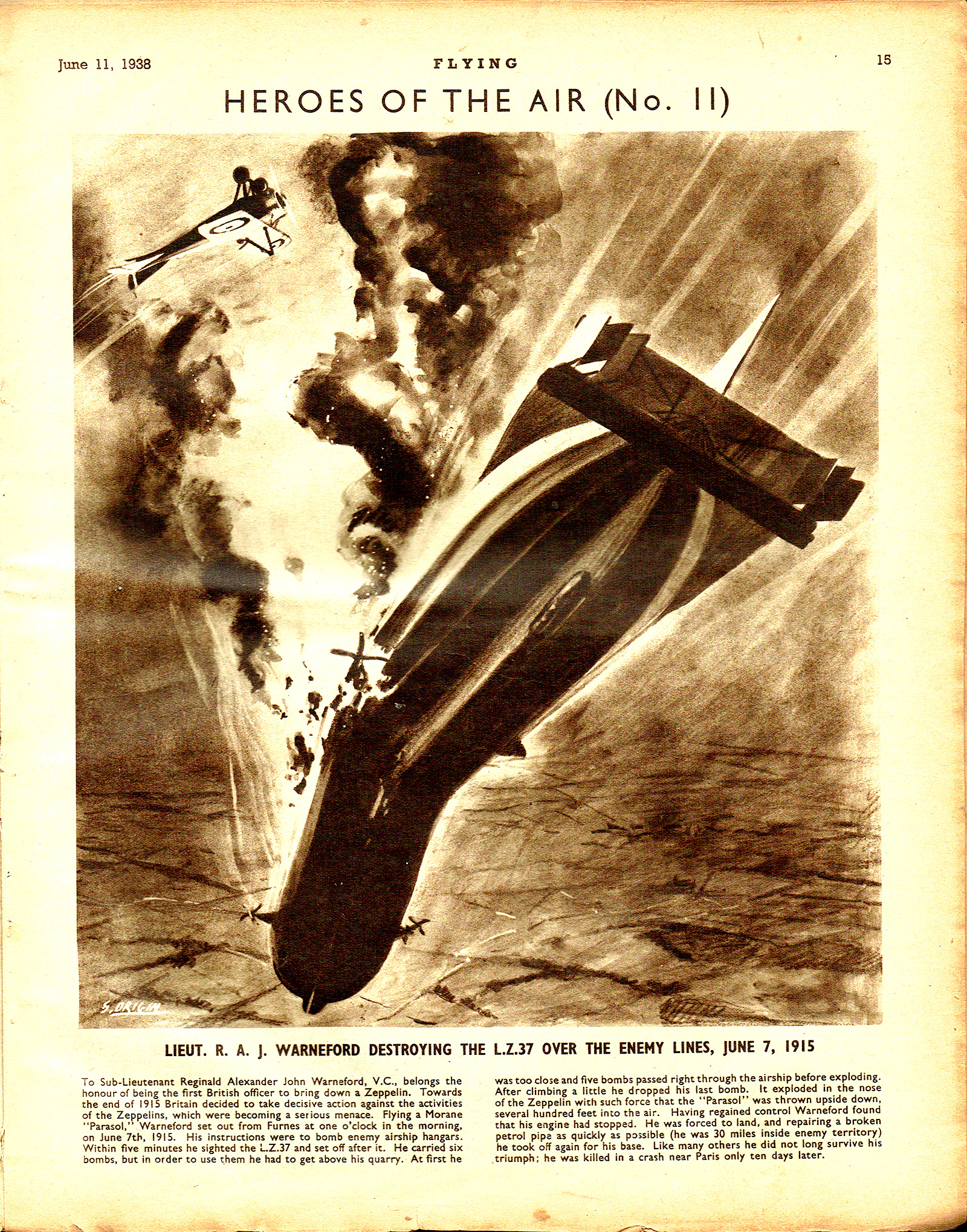
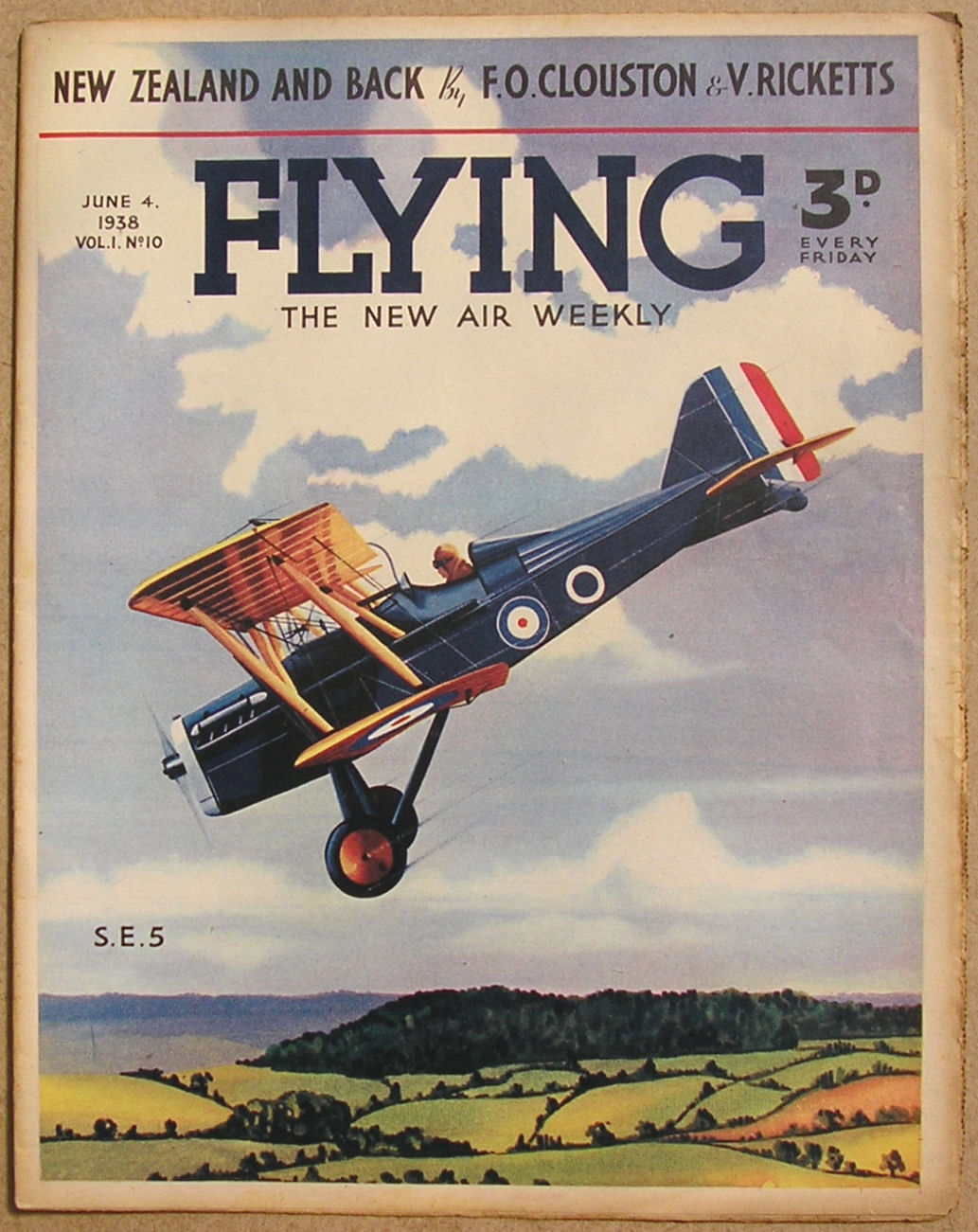 weekly paper of all things aviation, started up in England in 1938, amongst the articles and stories and photo features was an illustrative feature called “Heroes of the Air.” It was a full page illustration by S. Drigin of the events surrounding how the pictured Ace got their Victoria Cross along with a brief explanatory note.
weekly paper of all things aviation, started up in England in 1938, amongst the articles and stories and photo features was an illustrative feature called “Heroes of the Air.” It was a full page illustration by S. Drigin of the events surrounding how the pictured Ace got their Victoria Cross along with a brief explanatory note. 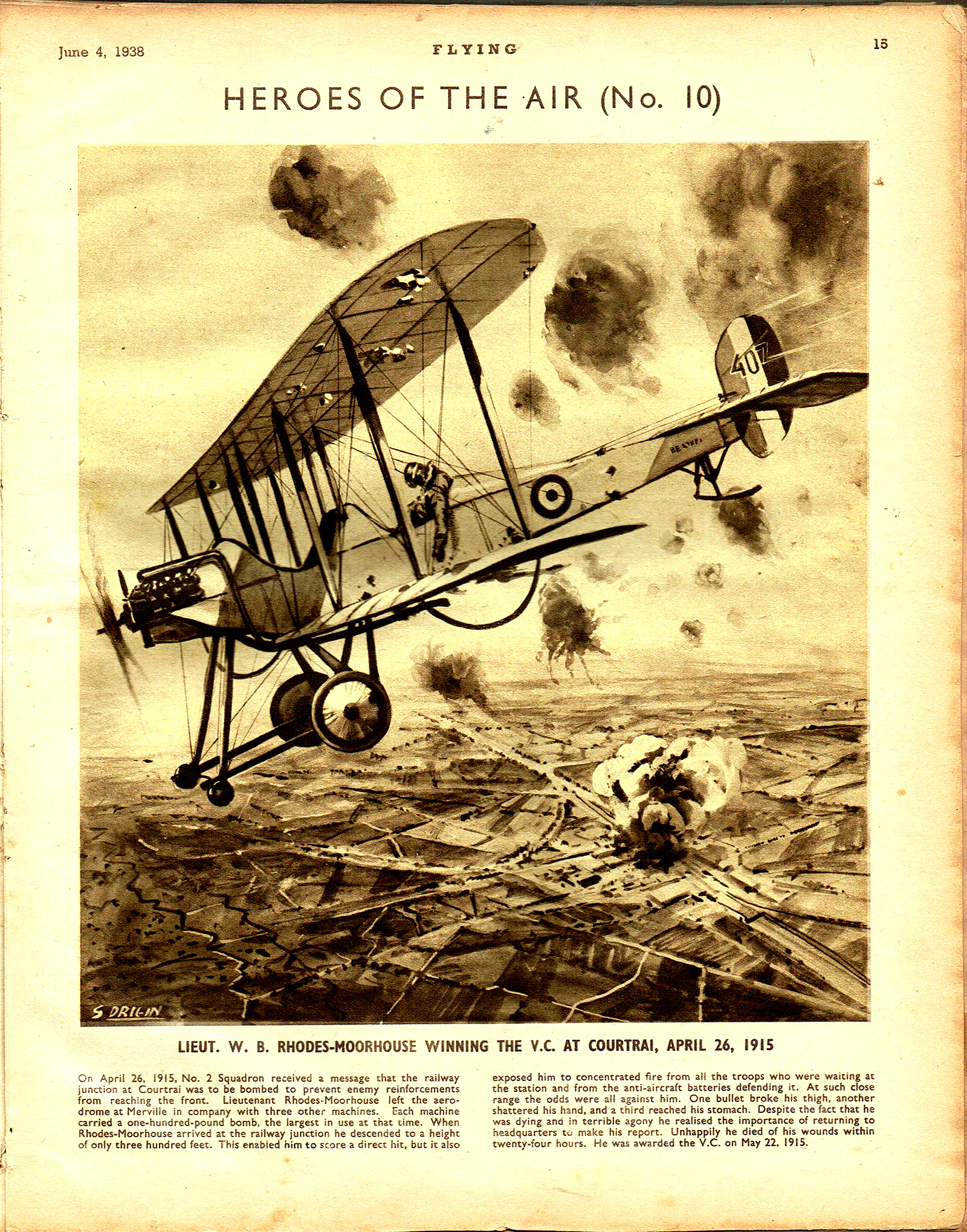
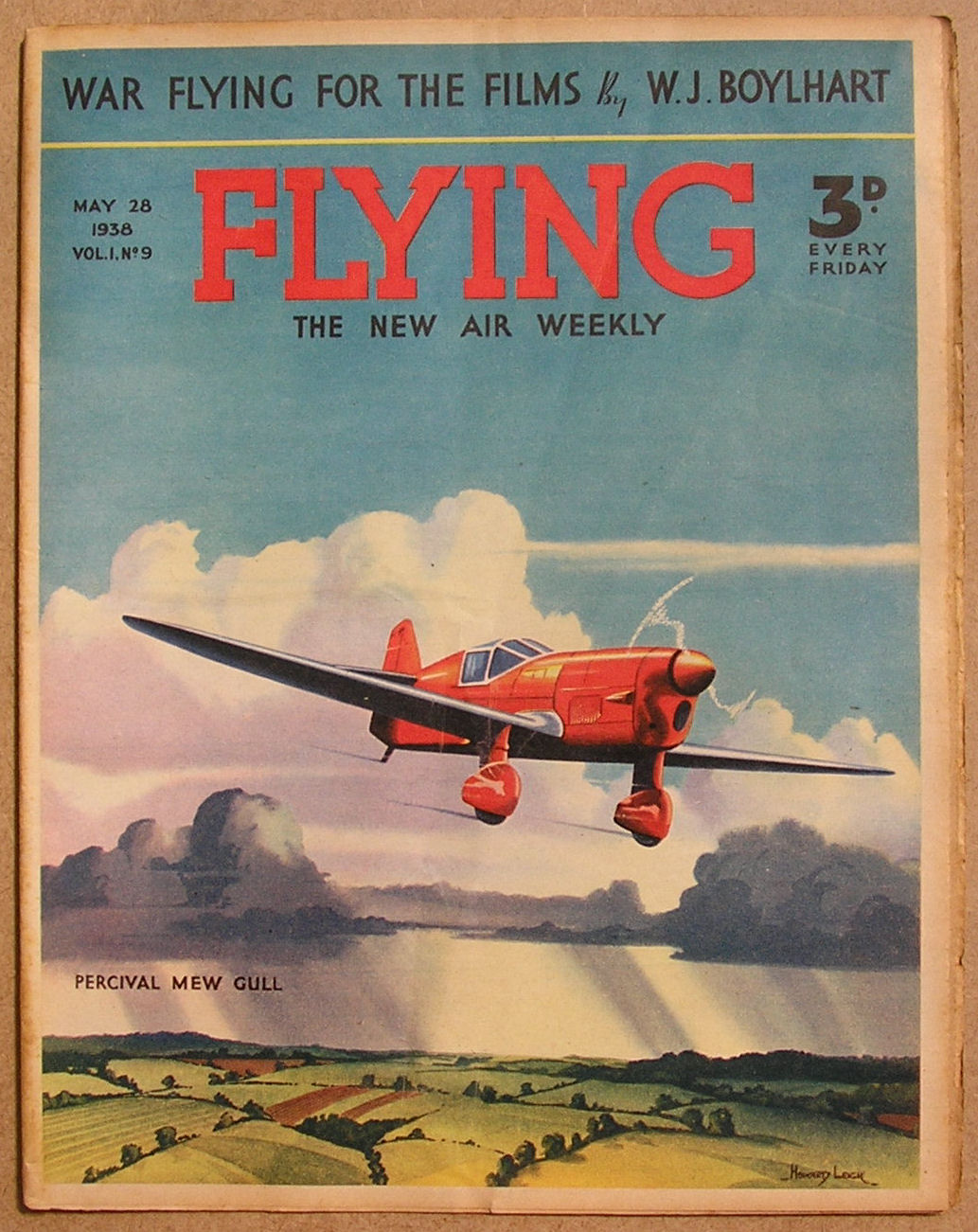 weekly paper of all things aviation, started up in England in 1938, amongst the articles and stories and photo features was an illustrative feature called “Heroes of the Air.” It was a full page illustration by S. Drigin of the events surrounding how the pictured Ace got their Victoria Cross along with a brief explanatory note.
weekly paper of all things aviation, started up in England in 1938, amongst the articles and stories and photo features was an illustrative feature called “Heroes of the Air.” It was a full page illustration by S. Drigin of the events surrounding how the pictured Ace got their Victoria Cross along with a brief explanatory note. 
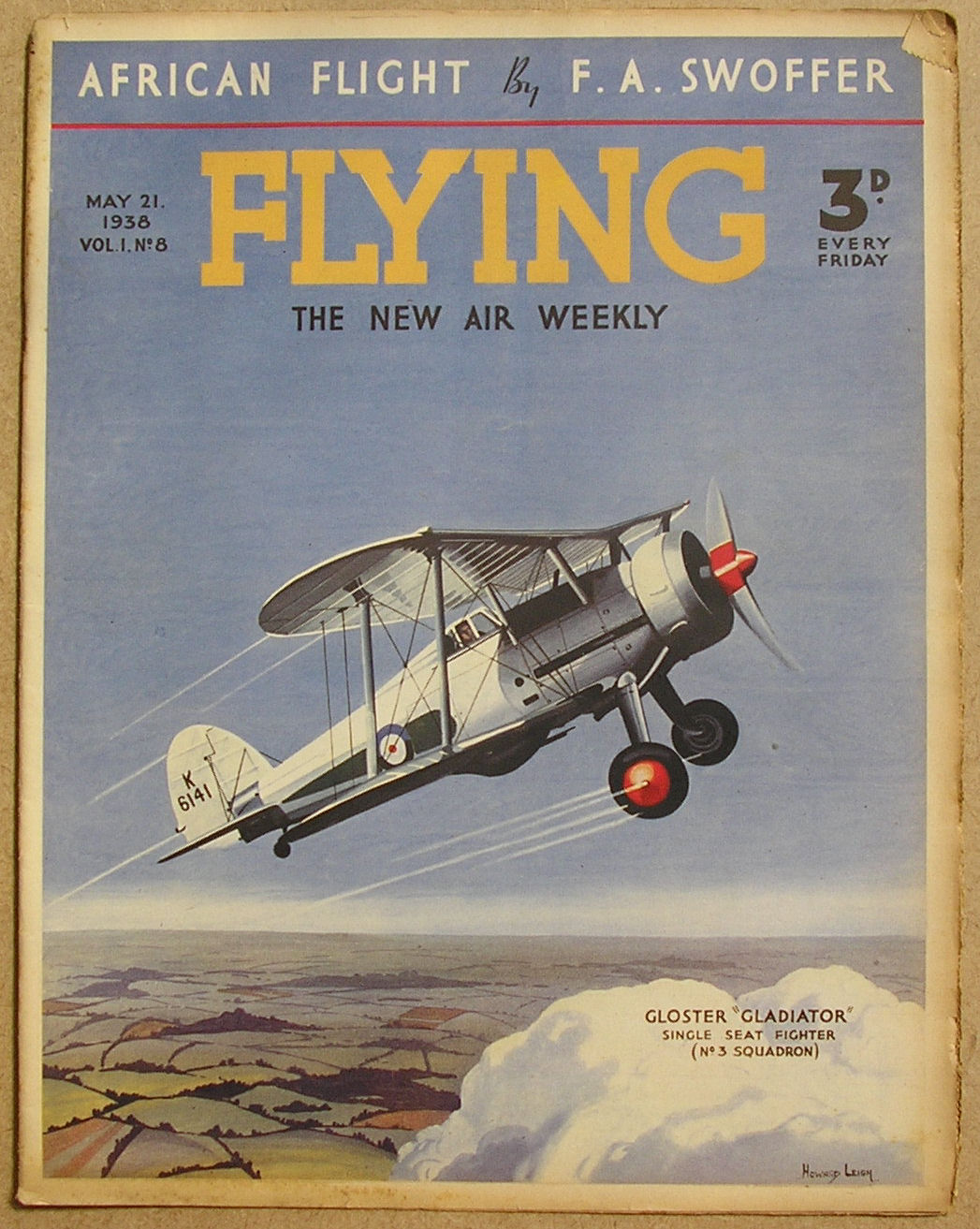 weekly paper of all things aviation, started up in England in 1938, amongst the articles and stories and photo features was an illustrative feature called “Heroes of the Air.” It was a full page illustration by S. Drigin of the events surrounding how the pictured Ace got their Victoria Cross along with a brief explanatory note.
weekly paper of all things aviation, started up in England in 1938, amongst the articles and stories and photo features was an illustrative feature called “Heroes of the Air.” It was a full page illustration by S. Drigin of the events surrounding how the pictured Ace got their Victoria Cross along with a brief explanatory note. 
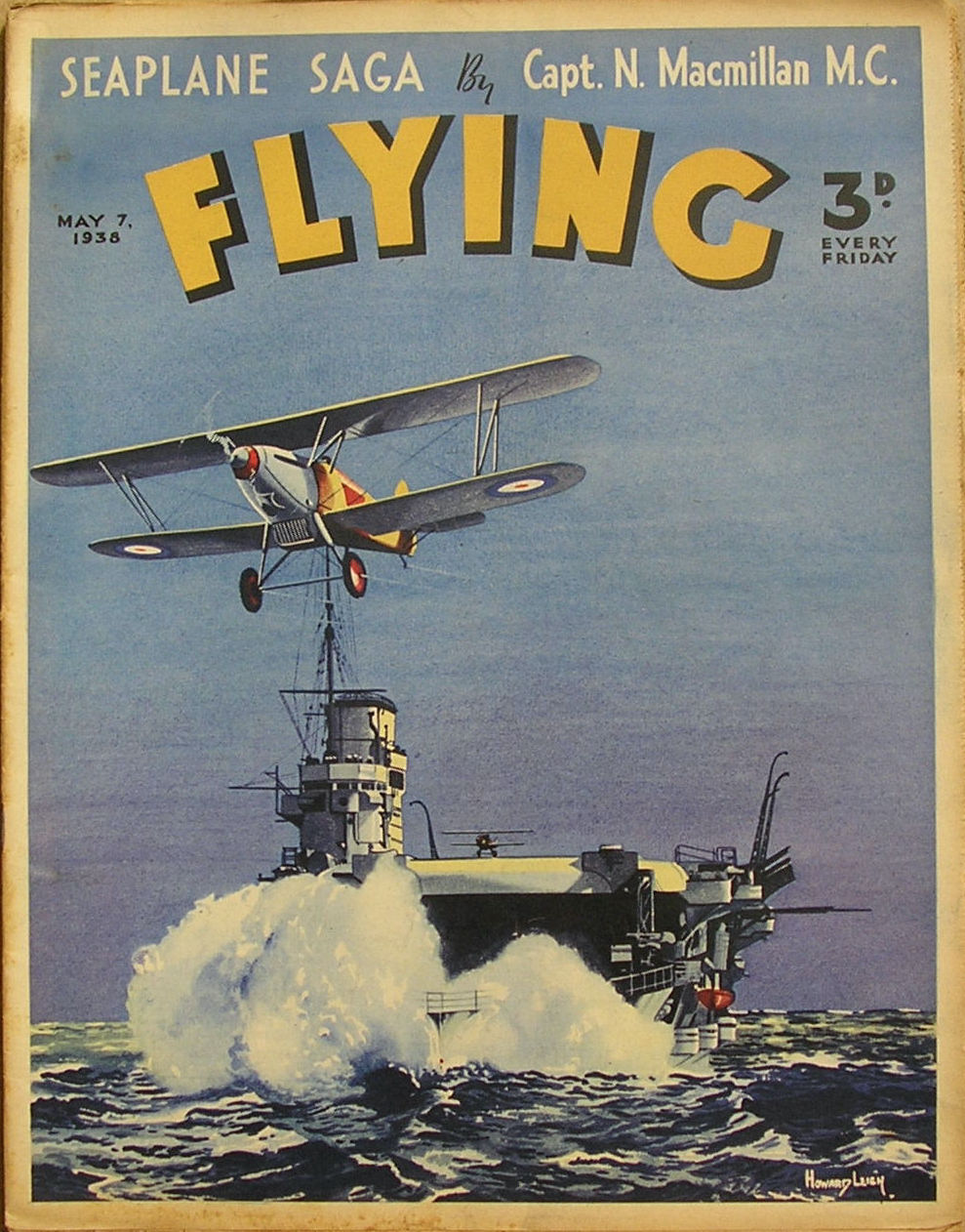 weekly paper of all things aviation, started up in England in 1938, amongst the articles and stories and photo features was an illustrative feature called “Heroes of the Air.” It was a full page illustration by S. Drigin of the events surrounding how the pictured Ace got their Victoria Cross along with a brief explanatory note.
weekly paper of all things aviation, started up in England in 1938, amongst the articles and stories and photo features was an illustrative feature called “Heroes of the Air.” It was a full page illustration by S. Drigin of the events surrounding how the pictured Ace got their Victoria Cross along with a brief explanatory note. 
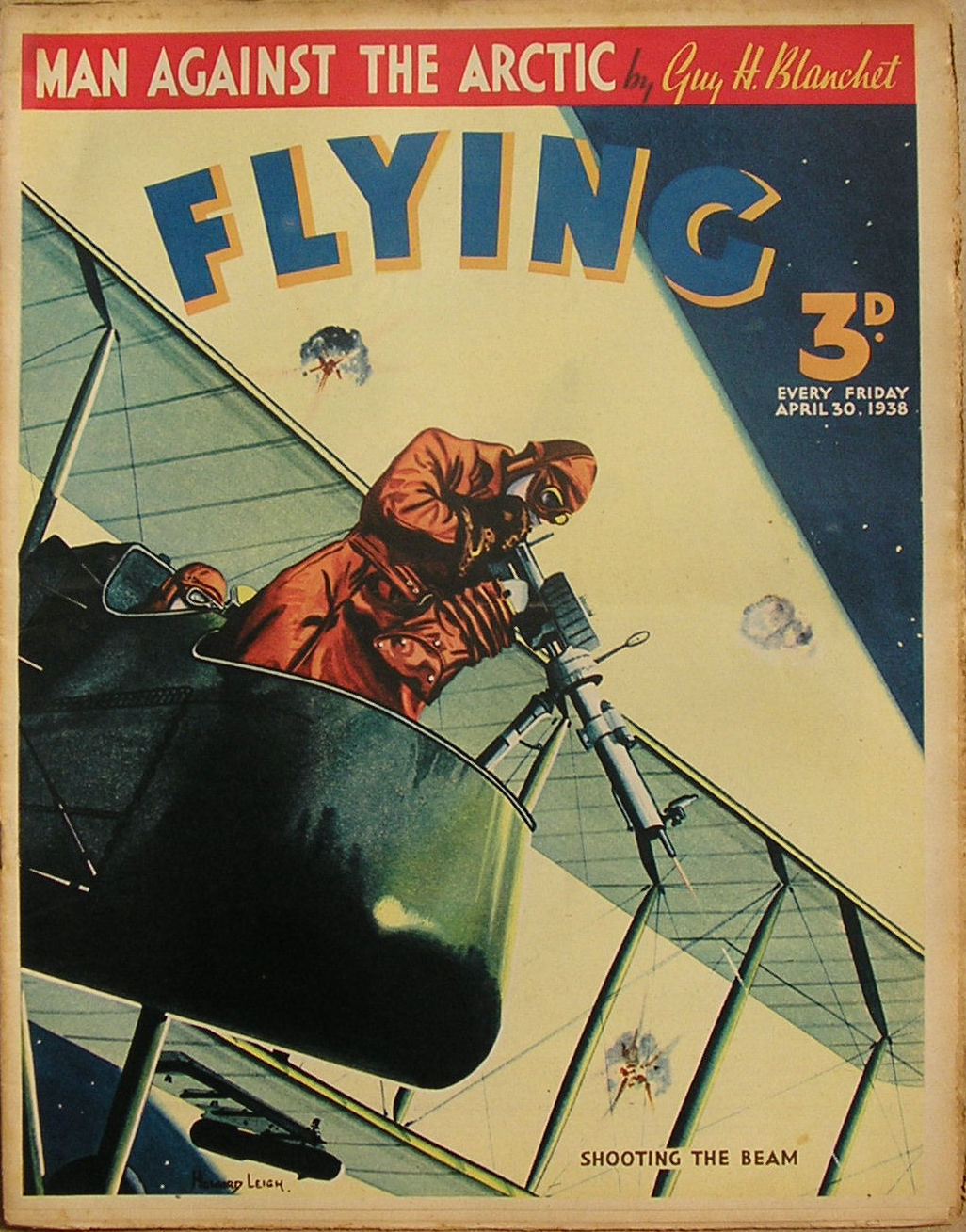 weekly paper of all things aviation, started up in England in 1938, amongst the articles and stories and photo features was an illustrative feature called “Heroes of the Air.” It was a full page illustration by S. Drigin of the events surrounding how the pictured Ace got their Victoria Cross along with a brief explanatory note.
weekly paper of all things aviation, started up in England in 1938, amongst the articles and stories and photo features was an illustrative feature called “Heroes of the Air.” It was a full page illustration by S. Drigin of the events surrounding how the pictured Ace got their Victoria Cross along with a brief explanatory note. 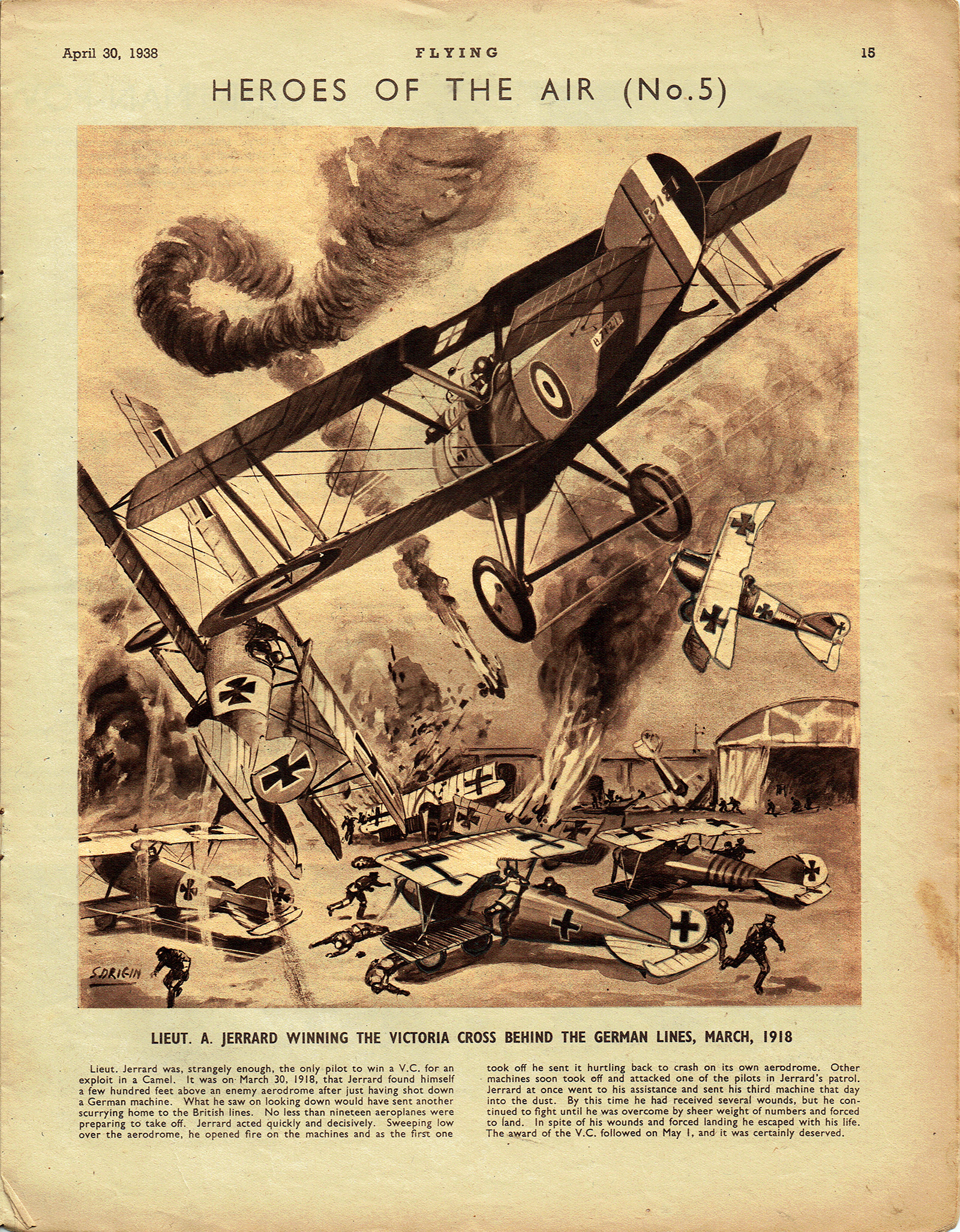
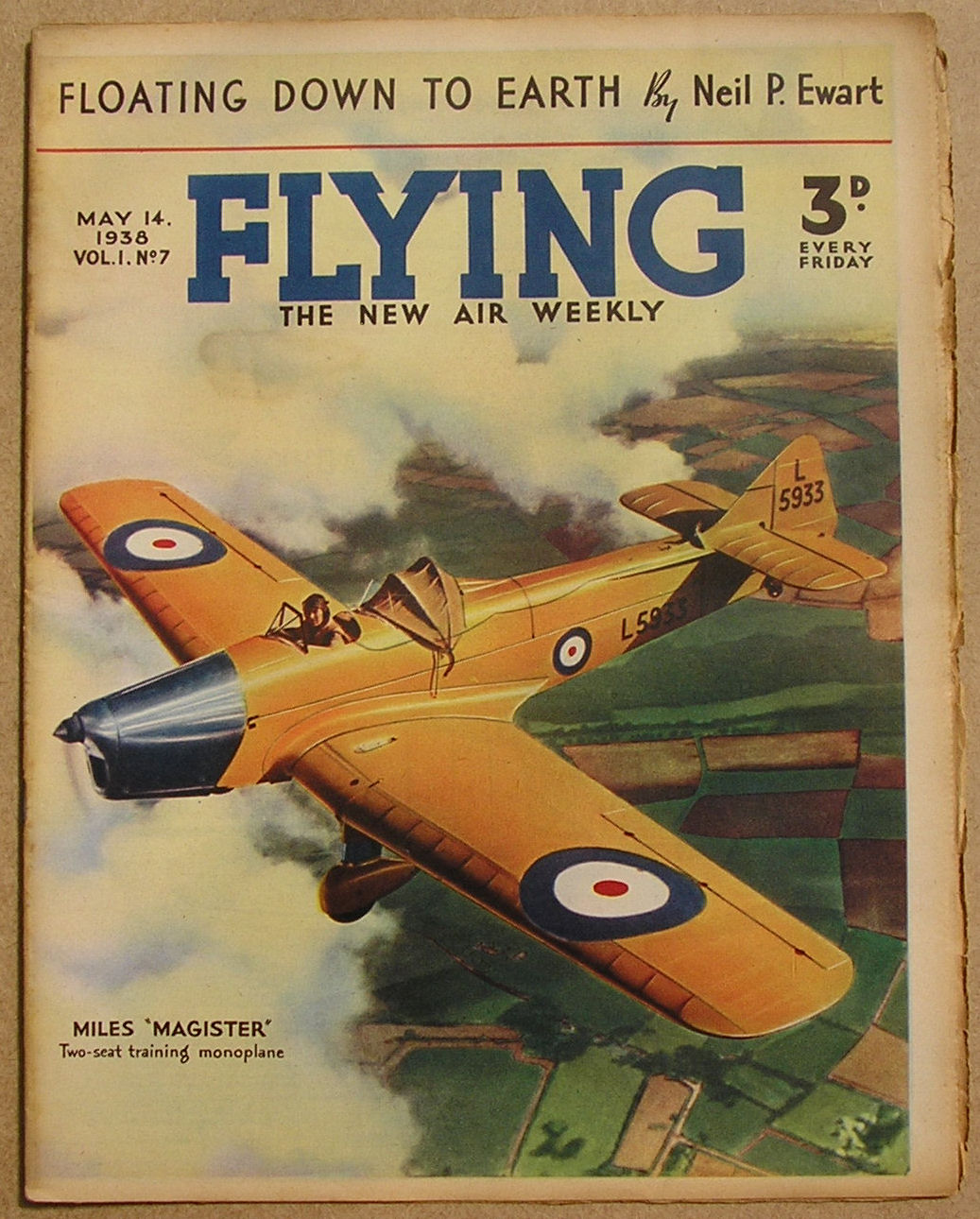 weekly paper of all things aviation, started up in England in 1938, amongst the articles and stories and photo features was an illustrative feature called “Heroes of the Air.” It was a full page illustration by S. Drigin of the events surrounding how the pictured Ace got their Victoria Cross along with a brief explanatory note.
weekly paper of all things aviation, started up in England in 1938, amongst the articles and stories and photo features was an illustrative feature called “Heroes of the Air.” It was a full page illustration by S. Drigin of the events surrounding how the pictured Ace got their Victoria Cross along with a brief explanatory note. 
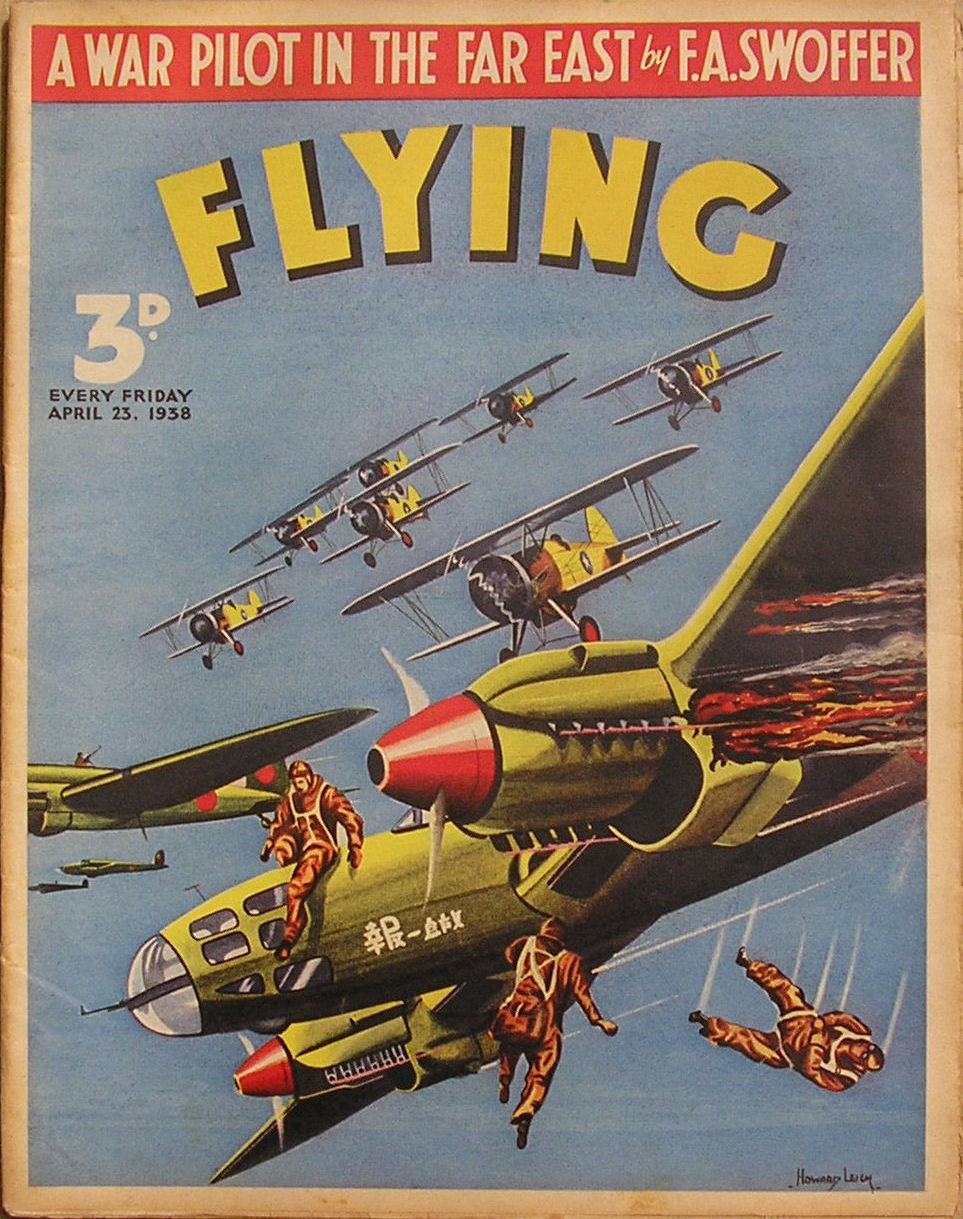 weekly paper of all things aviation, started up in England in 1938, amongst the articles and stories and photo features was an illustrative feature called “Heroes of the Air.” It was a full page illustration by S. Drigin of the events surrounding how the pictured Ace got their Victoria Cross along with a brief explanatory note.
weekly paper of all things aviation, started up in England in 1938, amongst the articles and stories and photo features was an illustrative feature called “Heroes of the Air.” It was a full page illustration by S. Drigin of the events surrounding how the pictured Ace got their Victoria Cross along with a brief explanatory note. 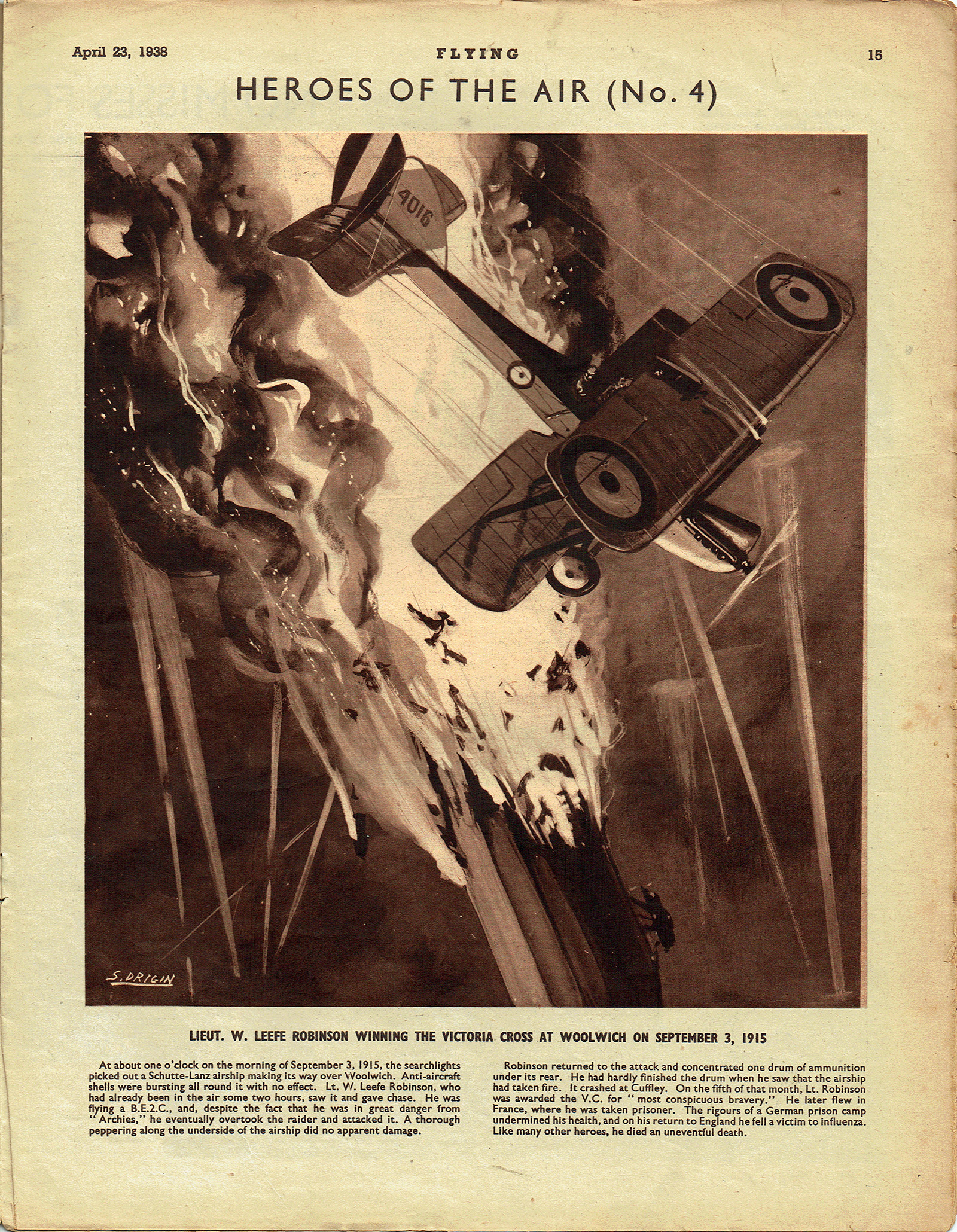
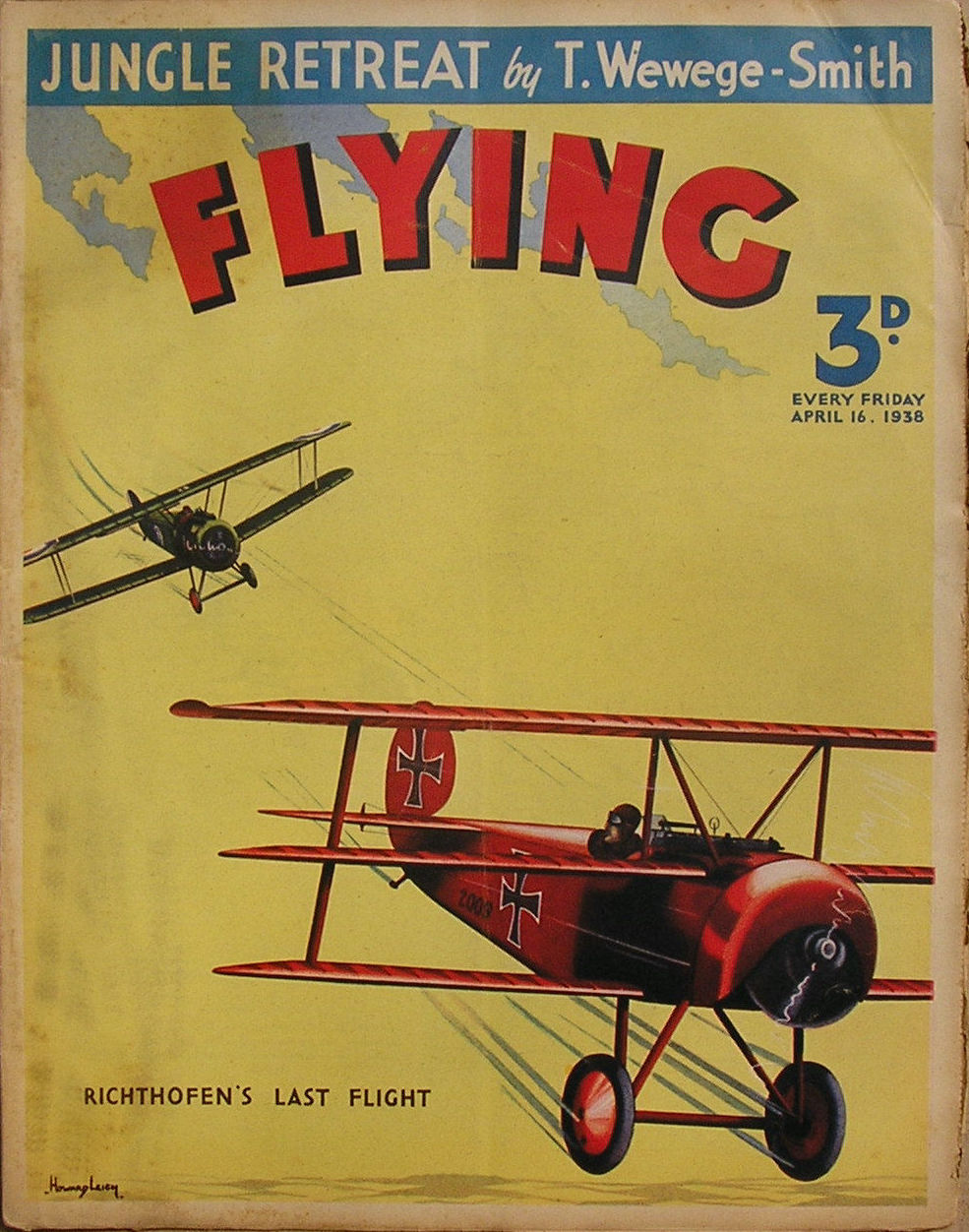 weekly paper of all things aviation, started up in England in 1938, amongst the articles and stories and photo features was an illustrative feature called “Heroes of the Air.” It was a full page illustration by S. Drigin of the events surrounding how the pictured Ace got their Victoria Cross along with a brief explanatory note.
weekly paper of all things aviation, started up in England in 1938, amongst the articles and stories and photo features was an illustrative feature called “Heroes of the Air.” It was a full page illustration by S. Drigin of the events surrounding how the pictured Ace got their Victoria Cross along with a brief explanatory note. 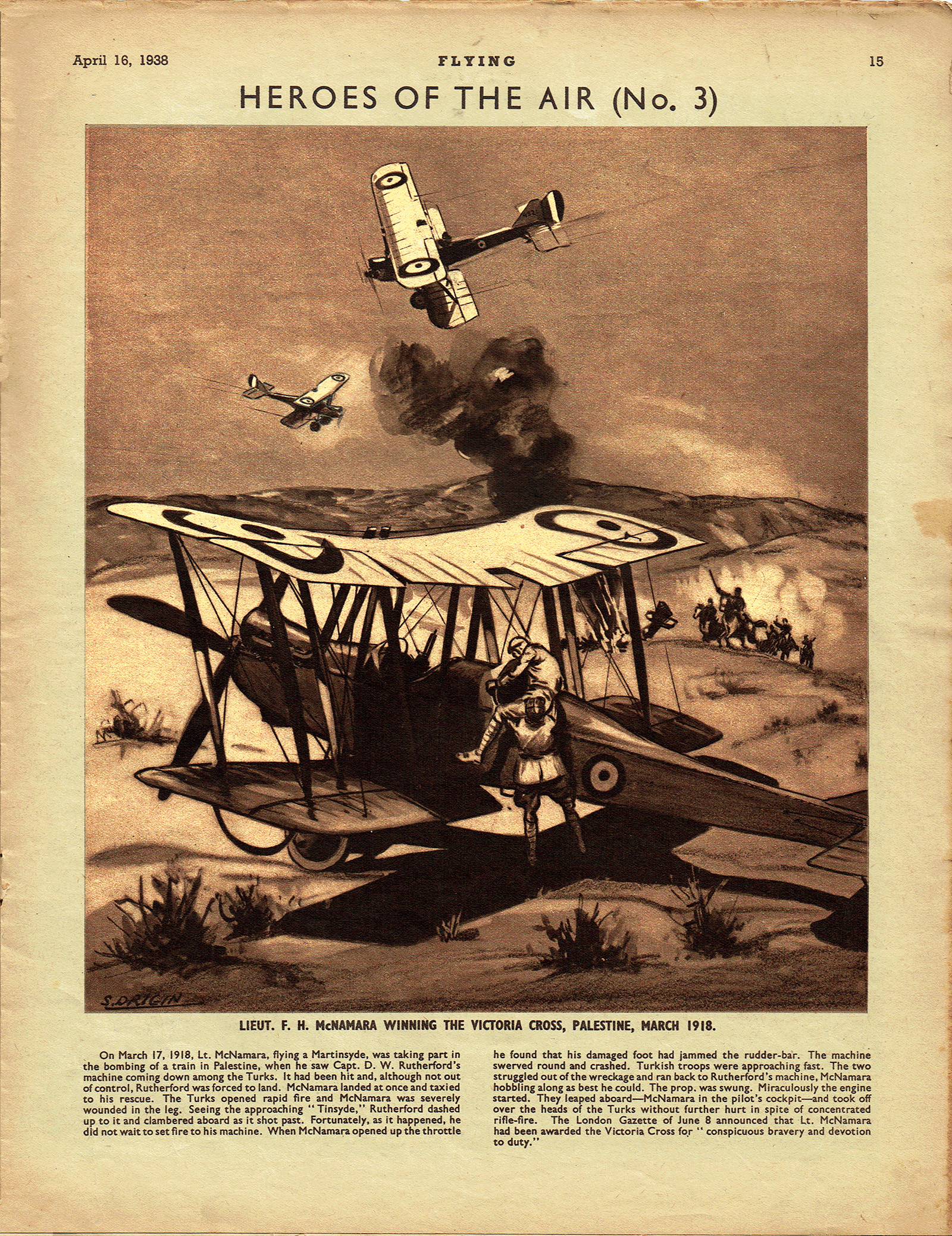
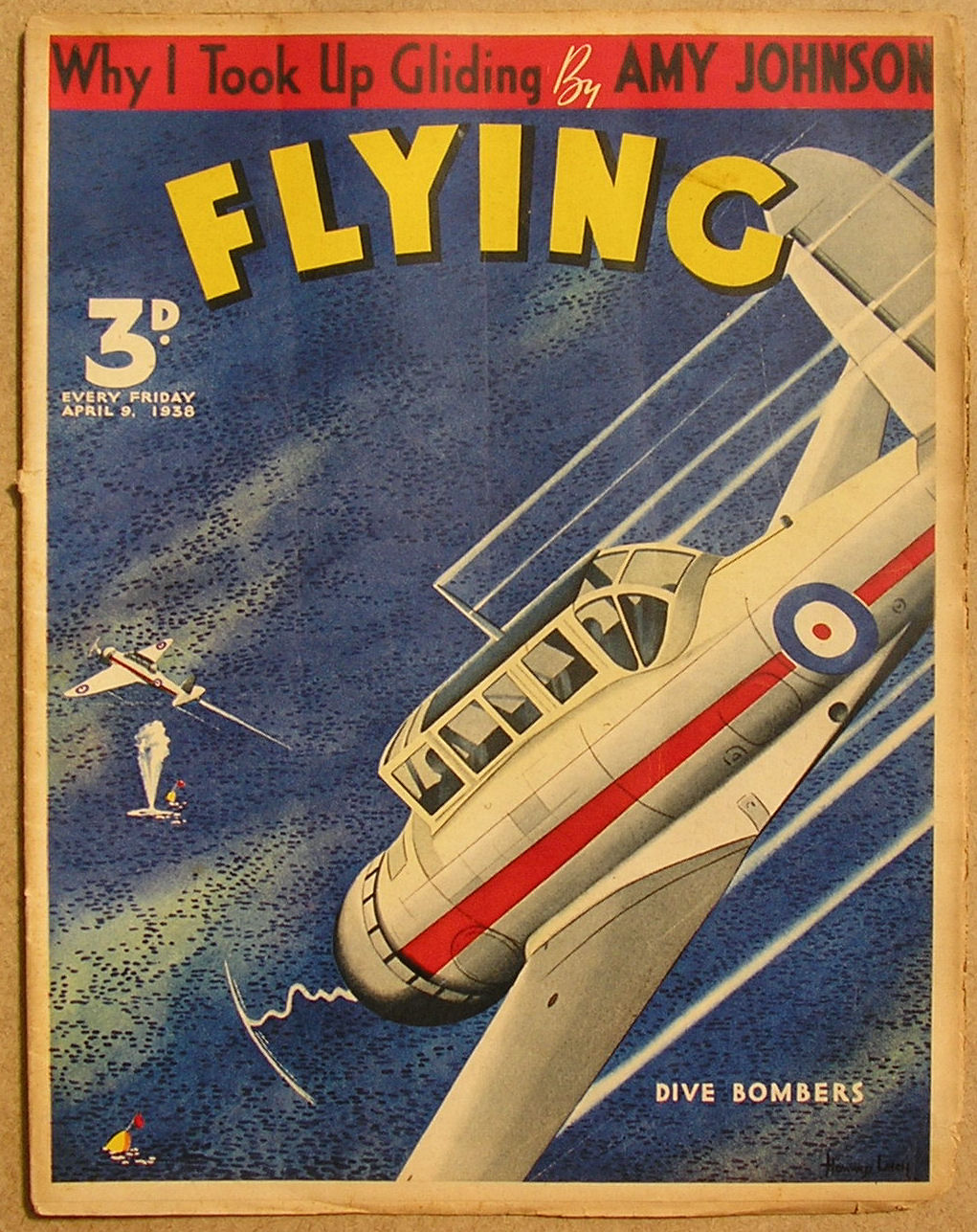 weekly paper of all things aviation, started up in England in 1938, amongst the articles and stories and photo features was an illustrative feature called “Heroes of the Air.” It was a full page illustration by S. Drigin of the events surrounding how the pictured Ace got their Victoria Cross along with a brief explanatory note.
weekly paper of all things aviation, started up in England in 1938, amongst the articles and stories and photo features was an illustrative feature called “Heroes of the Air.” It was a full page illustration by S. Drigin of the events surrounding how the pictured Ace got their Victoria Cross along with a brief explanatory note. 
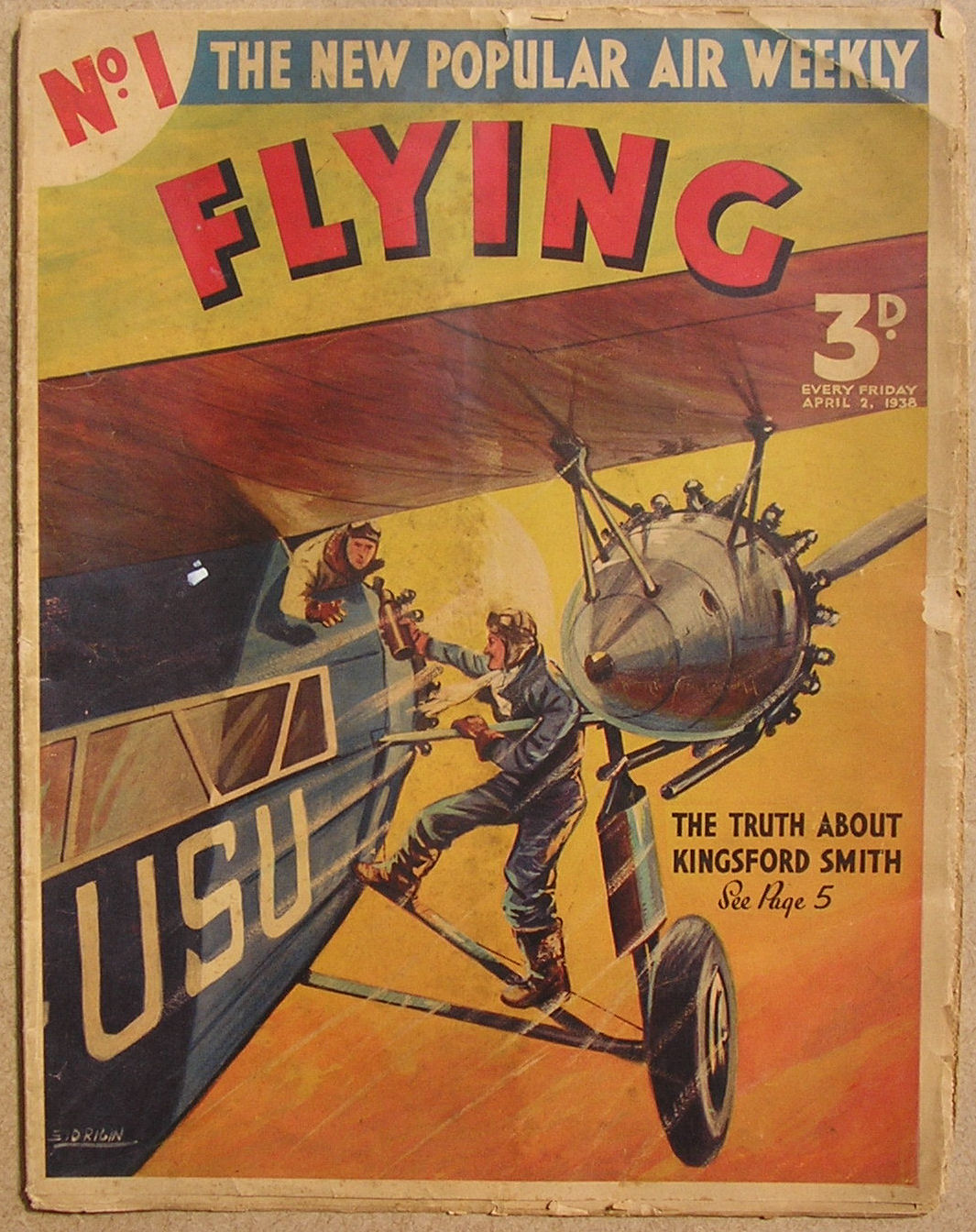 weekly paper of all things aviation, started up in England in 1938, amongst the articles and stories and photo features was an illustrative feature called “Heroes of the Air.” It was a full page illustration by S. Drigin of the events surrounding how the pictured Ace got their Victoria Cross along with a brief explanatory note.
weekly paper of all things aviation, started up in England in 1938, amongst the articles and stories and photo features was an illustrative feature called “Heroes of the Air.” It was a full page illustration by S. Drigin of the events surrounding how the pictured Ace got their Victoria Cross along with a brief explanatory note. 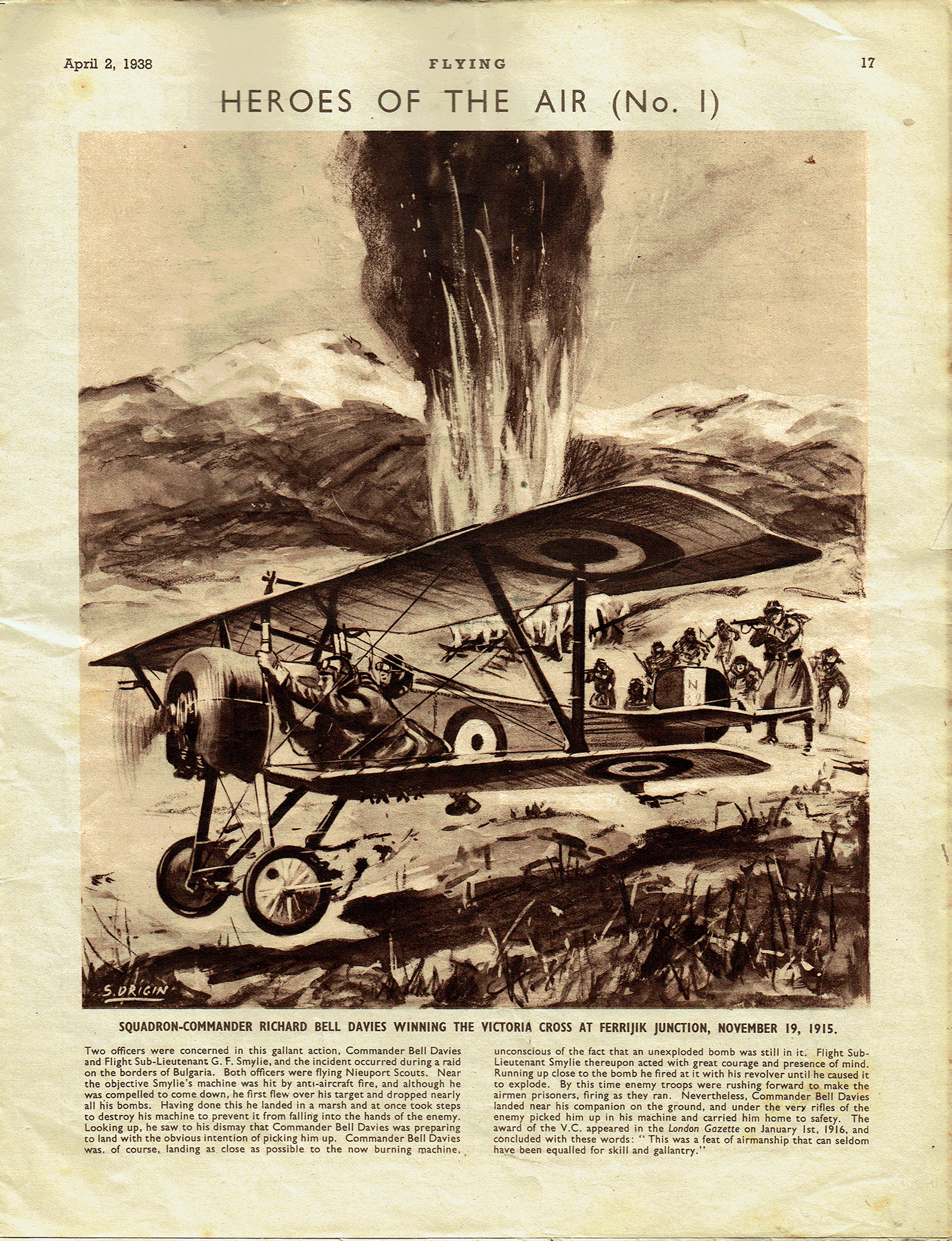
 but they just weren’t on a literary level with the pulps, which came in all types: detective, science-fiction, westerns, etc. One of the most popular types was the air-adventure, of which there were scores. Of those, the one that really made a kid’s eyeballs pop was G-8 and His Battle Aces, which packed a bigger kick than a surreptitious puff on a Domino cigarette.
but they just weren’t on a literary level with the pulps, which came in all types: detective, science-fiction, westerns, etc. One of the most popular types was the air-adventure, of which there were scores. Of those, the one that really made a kid’s eyeballs pop was G-8 and His Battle Aces, which packed a bigger kick than a surreptitious puff on a Domino cigarette.